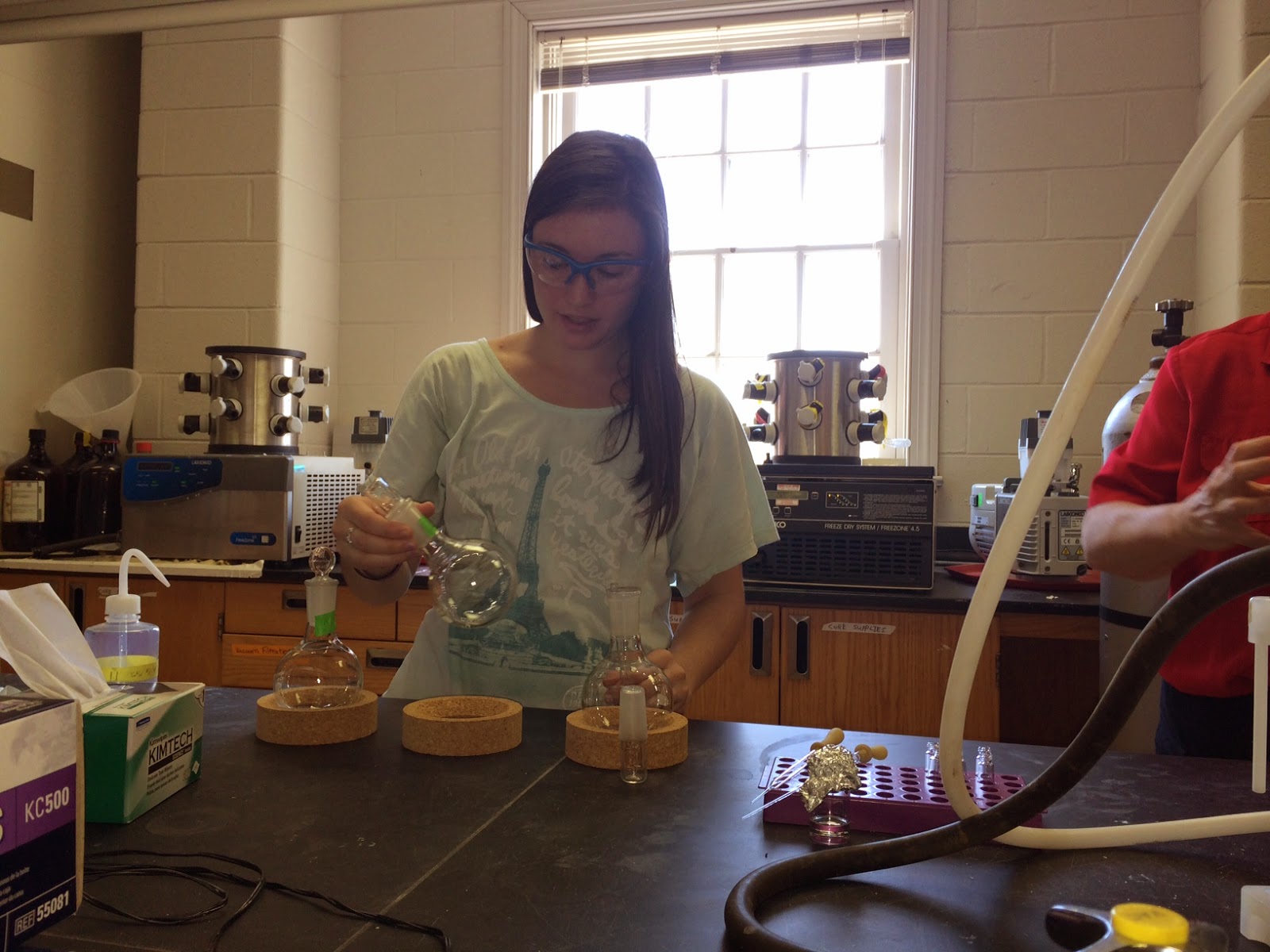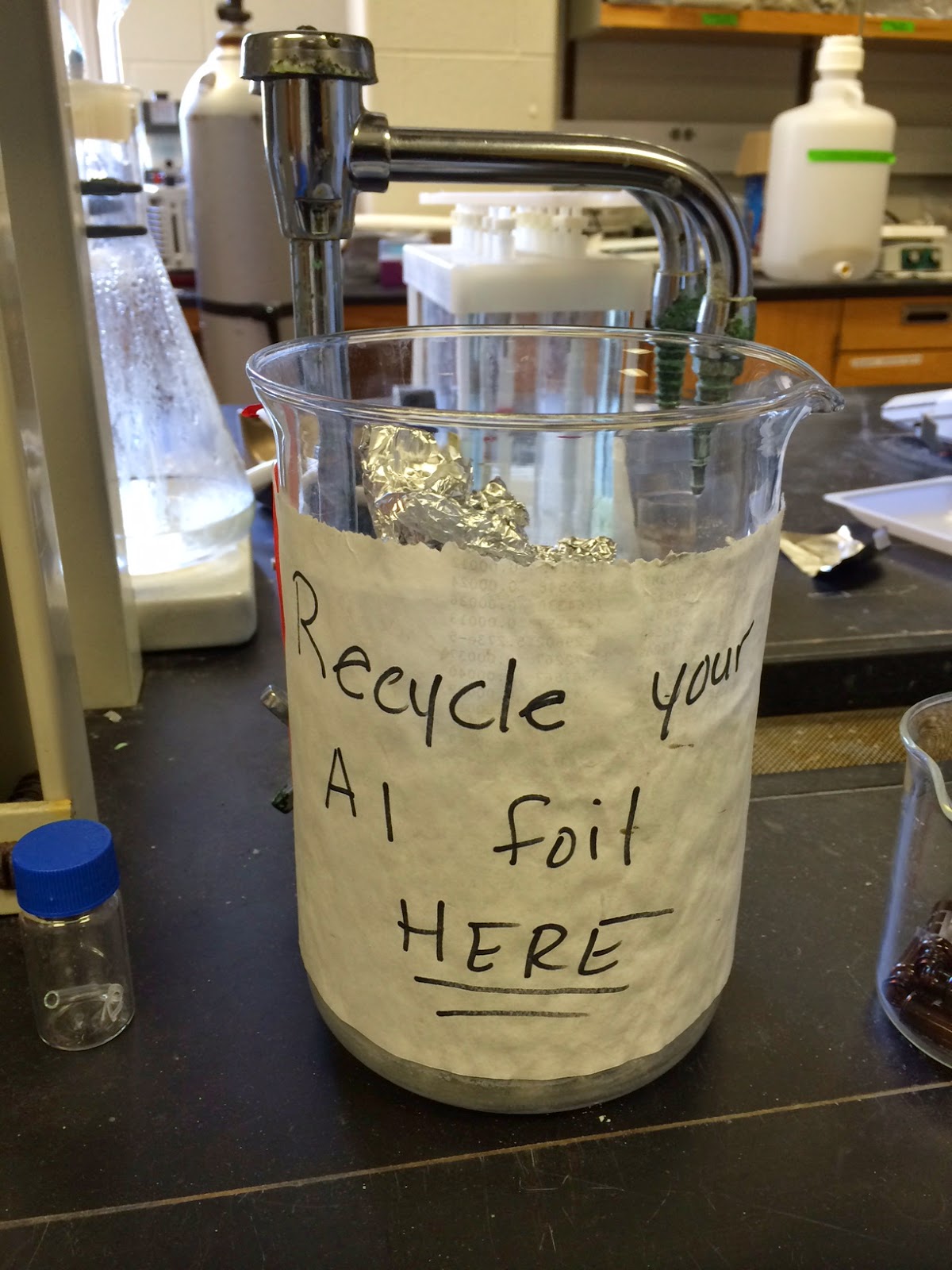 |
| Satellite image of debris in the open-ocean |
For over three weeks the search for Malaysian Airlines flight MH 370 has been sobering not only for the plane and people that we haven't found, but also for what has been found - tons of manmade debris covering the ocean surface. It is plain to see why there is an abundance of debris since the oceans are down hill from everywhere, rivers transport the debris in them out to sea then combines with debris either lost or discarded at sea, so all it
CAN do is accumulate. It is estimated that every year 6.4 million tonnes of manmade debris joins that which has been collecting over the past 50 years according to research done by the US Academy of Sciences.
"According to other calculations, some 8 million items of marine litter have been estimated to enter oceans and seas every day, about 5 million of which are thrown overboard or lost from ships. Furthermore, it has been estimated that over 13,000 pieces of plastic litter are floating on every square kilometre of ocean surface." (UNEP- http://www.unep.org/regionalseas/marinelitter/about/distribution/)
 |
| Plastic ends up in our oceans from runoff. |
To test this study we challenge you to take a few minutes out of your busy schedule and go find a body of water, a river, a retention pond, stream, roadside gutter, and look to see if you find any plastic debris. Once you see it, you will always see it near and in water because wind and rain drive debris to pools of water. Like the image game Magic Eye, at first you don't really see it, but once you really look for it, you will always see it. And seeing it hopefully leads to the purchase of a grabber so you can get some fresh air and exercise by going out and picking it up. It is just one way to help preventing the 8 million items that end up in the ocean daily.
 |
| Erin Diskin sampling for plastic bottle leachates. |
There are so many ways we can look at plastics. Erin Diskin is a student at UNCWilmington and she is looking for the leachates in a BPA-free bottle. She wants to understand if the company has really come up with a way to avoid chemicals that mimic estrogen or if what the company is substituting BPA with is more of the same. In the process, she is learning how to freeze-dry her sample, then using solvents and evaporation, will hopefully sequester any of the agents used so she can then learn how to GC Mass Spectroscopy the sample to see what chemistry was used to make the bottle. This is hands on learning skill working with one of our finest professors, Dr. Pam Seaton. To be continued . .
 |
M. Mangiacapre, S. Kennedy,
and S. Lyons learning FT-IR. |
 |
| Typing plastic fragments on FT-IR |
These students are learning how to use the Fourier transform infrared spectroscopy (FT-IR) It measures ultra violet light absorbed at each wavelength. What they can learn from this is what types of plastic fragments are we finding in the open-ocean. Furthermore, they hope to take it one step further to understand if chemicals leaching from plastics are triggering selective feeding on plastics by micro-zooplankton. Misty Mangiacapre learned how to use the instrument as an undergraduate. Her research led to her discovery that plastics adsorb manmade pollutants and that those pollutants are then transferred to gastrointestinal sea turtle juices.
 |
| UNCW lab doing it right - recycle foil. |

While taking pictures of our students working in the lab, I stumbled upon this pleasant surprise. Recycling all that we can reduces our over use of resources while creating a closed loop system.
And of course we can all help stop the flow of plastic marine debris if we reduce our use of single use plastics.


